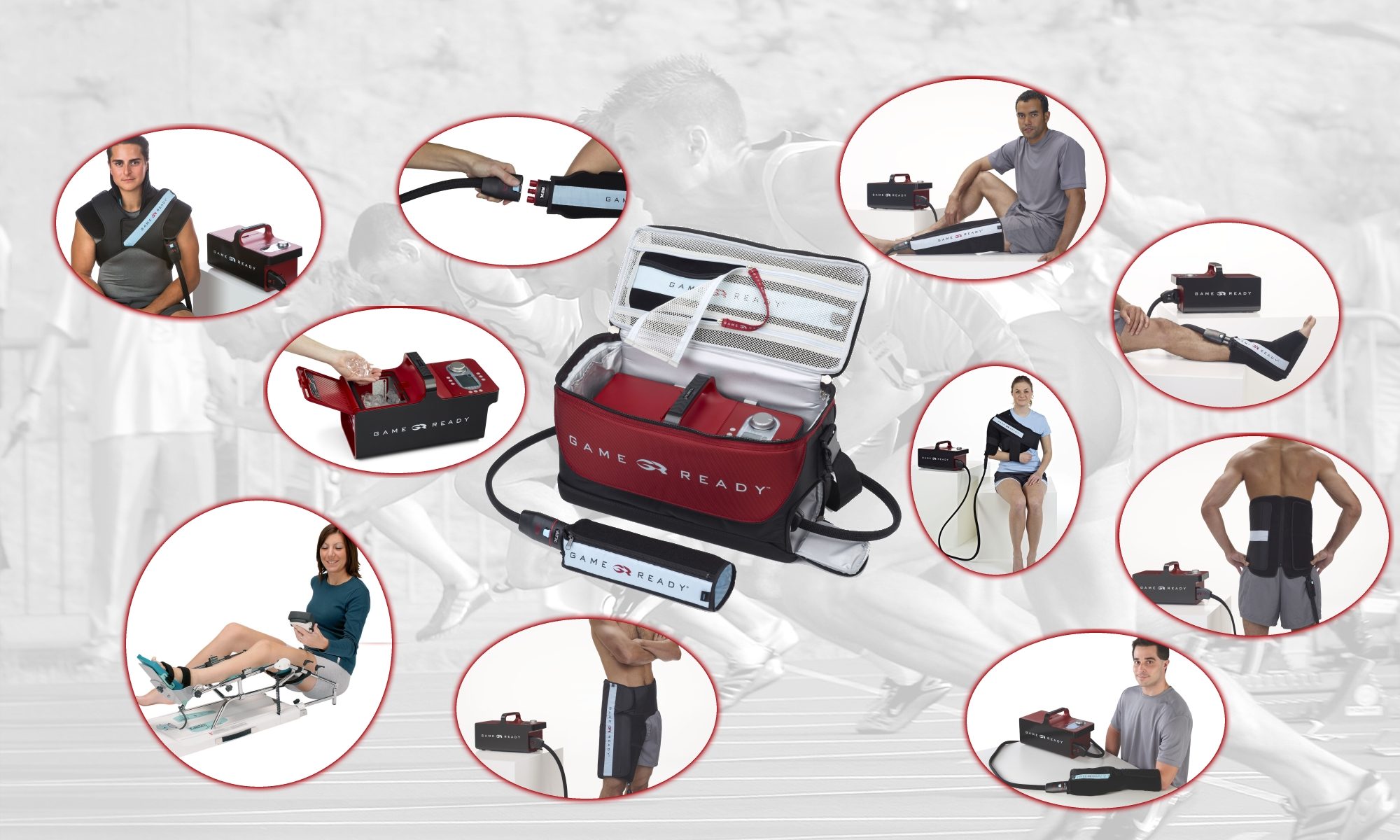What should you do when you suffer a musculoskeletal injury such as a sprained wrist or a strained back? Most people are advised to rest, apply ice and compression, and temporarily, elevate the injury site if possible (not so easy with a back strain). This technique, known as RICE (Rest, Ice, Compression, Elevation), is widely used in sports medicine today.
There are lots of methods for applying cold and compression to the injury. “Low-tech” cryotherapy treatments include
ice packs, ice towels, ice massage, gel packs or ice-filled buckets. While these may work OK, they are much less effective at reducing the pain and swelling of a sports injury as compared to cryotherapy systems that simultaneously deliver both cold and compression therapy through wraps specially designed for a specific injury area, such as the back, wrist, knee or ankle.
There is lots of scientific evidence available to explain how cryotherapy systems help to reduce pain and swelling. Here are a few key medical facts:
- Cold therapy reduces pain. This is because cold has an analgesic (numbing) effect on soft tissues, due to a combination of decreased production of pain mediators and slower spread of nerve pain signals. Nerve cells in the chilled area cause nearby blood vessels to constrict (scientifically known as vasoconstriction), leading to a reduction of blood flow to the injury site; this acts to moderate pain. While passive cryotherapy systems will help with pain relief, using a system that deploys active cold treatment will draw more heat away from the injury site, leading to more efficient temperature reduction and better pain reduction.
- Cryotherapy controls swelling. Following an injury, your body immediately triggers an inflammatory response – this means increased blood flow, edema build-up, and movement of leukocytes (white blood cells) to the soft tissue injury site. Our white blood cells are important defenders of our body, resisting attacks by viruses or bacteria. However, they also can cause cellular injury and necrosis and promote swelling.
- Cryotherapy systems are safe and non-invasive. Many studies have concluded that cold therapy is effective and harmless and has minimal complications. The main concern is keeping the temperature within a specific range, so that very low temperature treatments are avoided. Too-cold therapy can cause serious tissue side-effects, such as frostbite and nerve damage. That’s why a system that lets you preset the temperature of your cold therapy treatment is a good choice.
- Less pain means less time on pain meds. For sure, there are situations when a musculoskeletal injury is painful enough that you really need to take pain medication. But sometimes, pain pills can cause drowsiness, fuzzy thinking and slow down your recovery. It’s been discovered that active cold and compression therapy can help people to reduce or even eliminate the use of pain meds, which helps them get their life back faster.
- Active cold and compression therapy delivers more benefits. Professional athletes and ‘weekend warriors’ alike have found a system that delivers both cold and compression treatment directly to the injury site, without using messy ice packs or inefficient ace wraps. The combination of cold and compression is the best way to reduce pain, control swelling, and minimize or eliminate the use of pain medications so therapy proceeds faster.
The next time you need to recover faster from a musculoskeletal injury, turn to the solution that more and more athletes and amateur sports lovers use.

